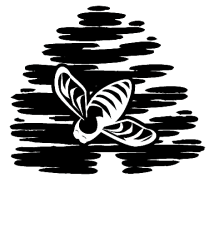Phil(thy) Sanchez forwarded me sad news today, that one of the pillars of modern beekeeping, “the queen bee among bee experts”, passed away last week. Eva Crane was 95.
A few words from the New York Times obituary:
For more than a half-century Dr. Crane worked in more than 60 countries to learn more and more about honeybees, sometimes traveling by dugout canoe or dog sled to document the human use of bees from prehistoric times to the present. She found that ancient Babylonians used honey to preserve corpses, that bees were effectively used as military weapons by the Viet Cong, and that beekeepers in a remote corner of Pakistan use the same kind of hives found in excavations of ancient Greece.
The usefulness of her findings was apparent in 2001 when an official of the United States Department of Agriculture in Louisiana read about Russian bees in one of her books. They had developed a resistance to mites, which had been devastating local bees, The Sunday Advocate of Baton Rouge reported. The agency imported some Russian bees, and the Louisiana bees were soon mite-resistant.
[…]
She took a post lecturing on nuclear physics at Sheffield University in 1941. The next year she married James Crane, a stockbroker serving in the Royal Navy Volunteer Reserve. He died in 1978.
One of their wedding presents was a box containing a swarm of bees, which the giver thought might be useful in supplementing their meager wartime sugar ration. Dr. Crane soon became fascinated with the hive, subscribed to a bee magazine and joined a local bee club, The Independent reported.
[…]
The meticulousness of Dr. Crane’s research showed in her examination of ancient rock images involving bees and honey. She studied 152 sites in 17 countries from a register of rock art she established herself for her book “The Rock Art of Honey Hunters” (2001).
Her goal was to show how ancient ways of cultivating bees persisted in still-used, but disappearing, methods. She called her generation the last that would be “able to see the world’s rich variety of traditional beekeeping.”





